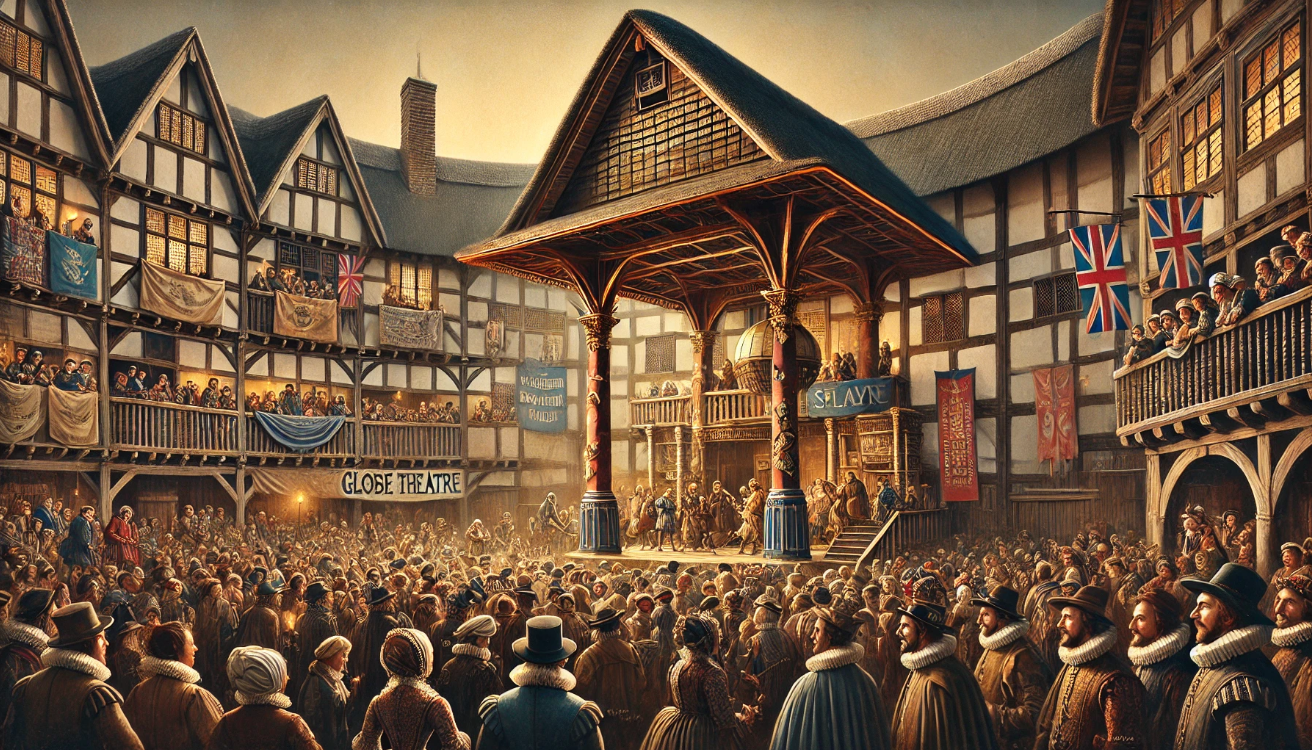Shakespeare’s significance in theatre and literature is undeniable. As a playwright, he is considered one of the greatest in history, known for his timeless works such as “Hamlet,” “Macbeth,” and “Romeo and Juliet.” Shakespeare’s role in the London theatre scene impact on the London theatre scene during the Elizabethan era was immense, as he helped to shape and revolutionize the art form. The introduction of the Globe Theatre, a prominent venue in London, played a crucial role in Shakespeare’s career. It became the primary location for the performance of his plays and was central to his success as a playwright. The Globe Theatre not only provided a platform for Shakespeare’s work but also influenced the development of his writing style and the way his plays were presented to audiences.
The London Theatre Scene in Shakespeare’s Era
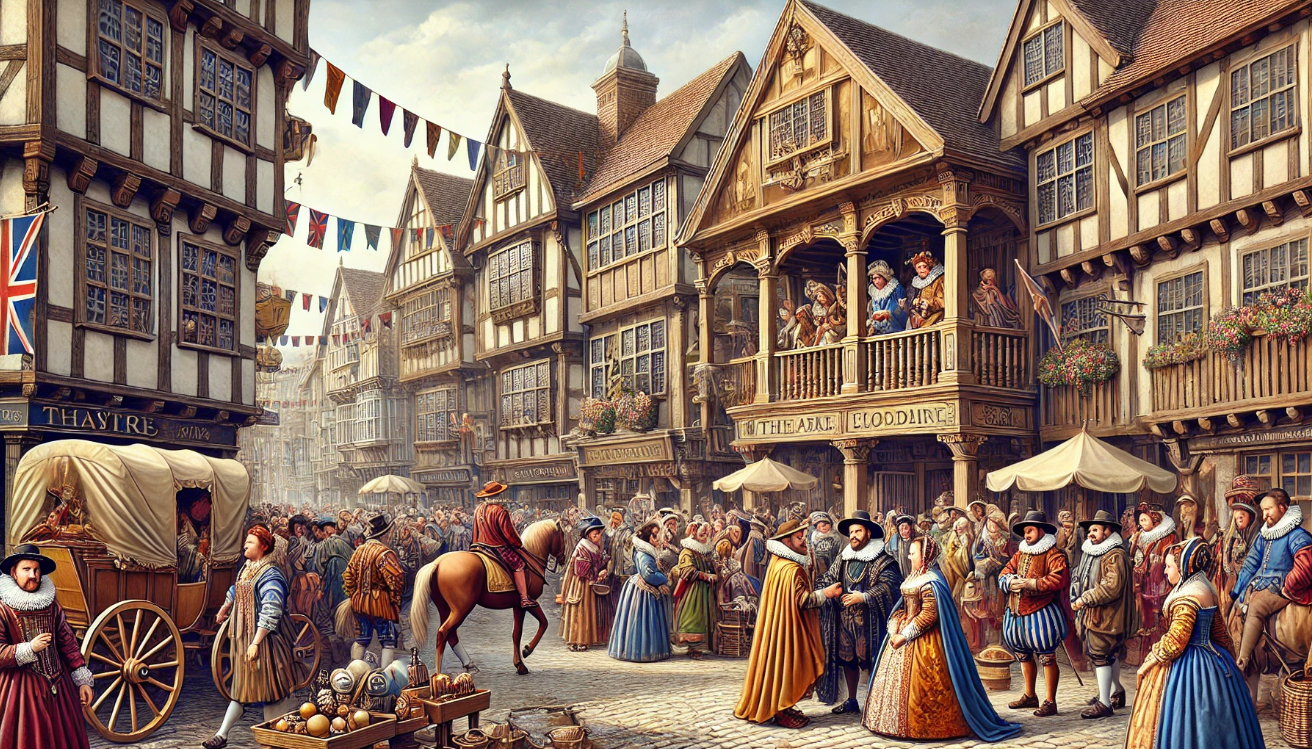
Context of the Elizabethan Era:
During Queen Elizabeth I’s reign, there was a flourishing of arts and culture, including the emergence of professional theatre companies. This period, known as the Elizabethan Era, saw a surge in creativity and innovation in the arts, with playwrights like William Shakespeare and Christopher Marlowe producing some of their most famous works. The popularity of theatre grew, leading to the establishment of permanent theatres in London and the rise of professional acting companies. This cultural renaissance under Queen Elizabeth I’s rule helped shape the future of literature, drama, and performance art.
Theatres Before the Globe:
The Theatre and The Curtain were both early theatres in London that played a significant role in the development of theatre in the city. The Theatre, built in 1576 by James Burbage, was the first purpose-built playhouse in London. It was the home of the Lord Chamberlain’s Men, the acting company of William Shakespeare. The Curtain, built in 1577, was another important theatre of the time and also hosted performances by Shakespeare’s company. During this time, playwrights in London faced both challenges and opportunities. The growth of theatres provided opportunities for playwrights to have their work performed and reach a wider audience. However, there were also challenges such as censorship and competition from other playwrights and acting companies.
Shakespeare’s Early Career and Connection to Theatre
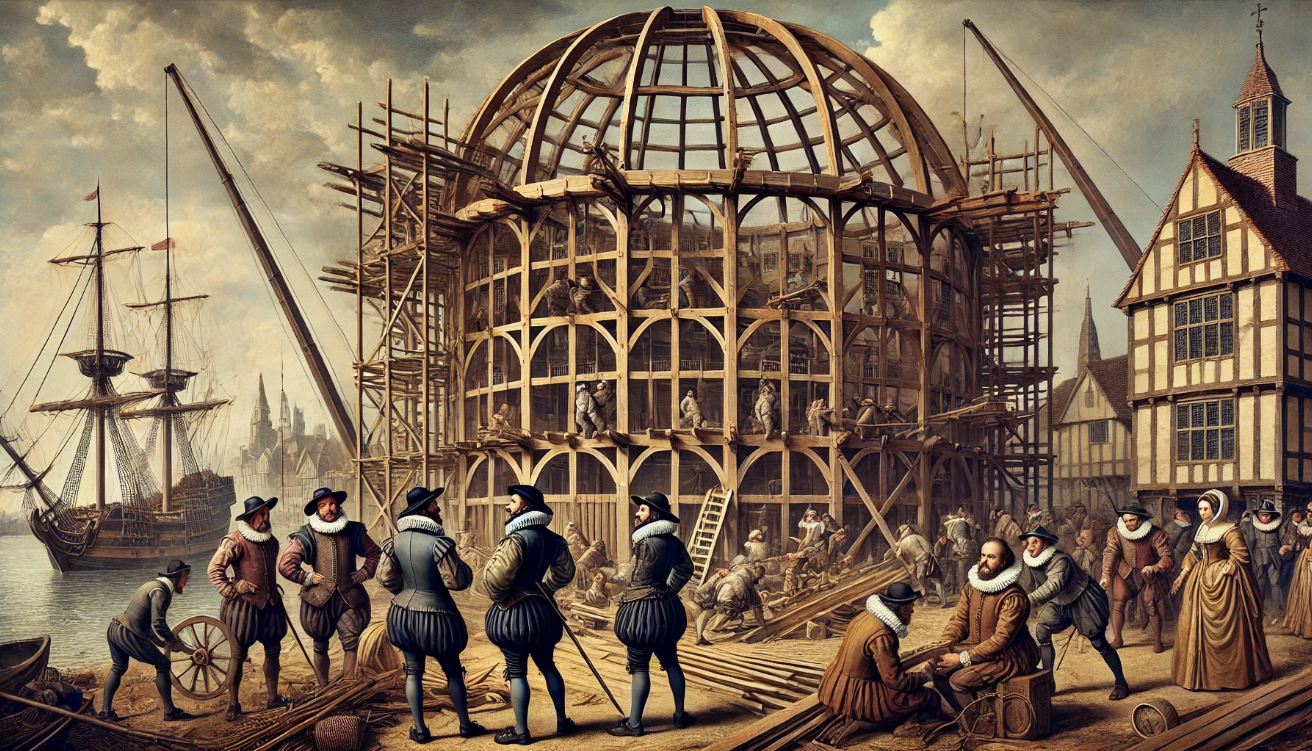
Shakespeare’s Move to London:
Stratford-upon-Avon, a historic town in England, is known for being the birthplace of William Shakespeare. It is also where he began his career in theatre, writing early plays and collaborating with theatre companies. As his reputation grew, Shakespeare eventually made the transition to the capital, London, where he found even greater success and continued to produce some of the most iconic works in the English language. His legacy in both Stratford-upon-Avon and London continues to be celebrated and studied to this day.
Association with Lord Chamberlain’s Men:
The acting company that performed Shakespeare’s plays was called the Lord Chamberlain’s Men, and later became the King’s Men. The company was formed in 1594 when Shakespeare was a leading playwright and actor in London. As a shareholder in the company, Shakespeare had a financial stake in its success and was also involved in the day-to-day operations of the theater. This allowed him to have a direct influence on the casting, staging, and promotion of his plays, and helped to establish his reputation as one of the most important figures in English theater history.
The Birth of the Globe Theatre
Inception of the Globe Theatre:
The lease dispute over The Theatre ultimately led to its dismantling, but efforts to rebuild and establish the Globe Theatre in 1599 were successful. The Globe Theatre became one of the most famous and influential theaters in history, known for hosting many of William Shakespeare’s plays.
Design and Structure of the Globe:
The Globe Theatre has several unique architectural features that make it stand out. One of the most distinctive features is its circular shape, which is designed to mimic the original Globe Theatre that was built in London in the 16th century. This design allows for a more intimate and immersive theatrical experience for the audience. In addition, the Globe Theatre has a capacity and layout that caters to diverse audiences. With its standing pit area, gallery seating, and open-air design, the theatre can accommodate a wide range of patrons, from those looking for a more traditional Shakespearean experience to those who prefer a more casual and interactive atmosphere. This versatility makes the Globe Theatre a popular destination for theatre-goers of all backgrounds and preferences.
Shakespeare’s Contribution:
Financial investment and creative input in the construction of the Globe Theatre were crucial in bringing Shakespeare’s plays to life. The Globe provided a platform for Shakespeare and his company to showcase their work, and the investment in the building’s construction allowed for an immersive and authentic experience for audiences. Additionally, the popularity of Shakespeare’s plays and the Globe’s unique design helped to popularize both the playwright and the theater itself, creating a lasting impact on the world of theater and literature.
Shakespeare’s Plays and the Globe Theatre
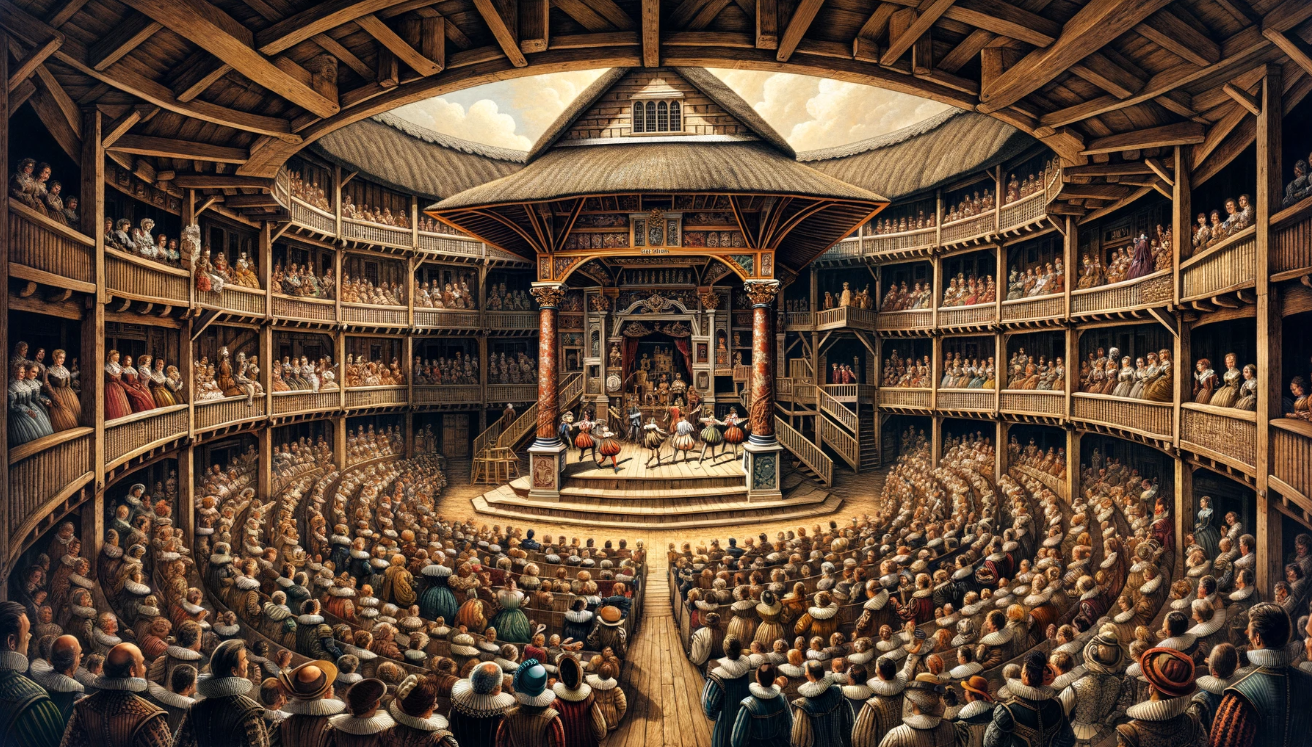
Signature Productions:
The Globe Theatre’s design heavily influenced the staging and storytelling of major plays such as Hamlet, Macbeth, and Othello. The open-air amphitheater allowed for direct interaction between actors and audience members, as well as the use of natural light and the surrounding environment to enhance the atmosphere of the performances. The thrust stage and minimal set design also encouraged dynamic movement and allowed for a more immersive experience for the audience. Additionally, the Globe’s unique acoustics and proximity to the audience helped to amplify the actors’ voices and emotions, adding an extra layer of depth to the storytelling. Overall, the Globe’s design played a crucial role in shaping the way these iconic plays were presented and experienced by audiences during Shakespeare’s time.
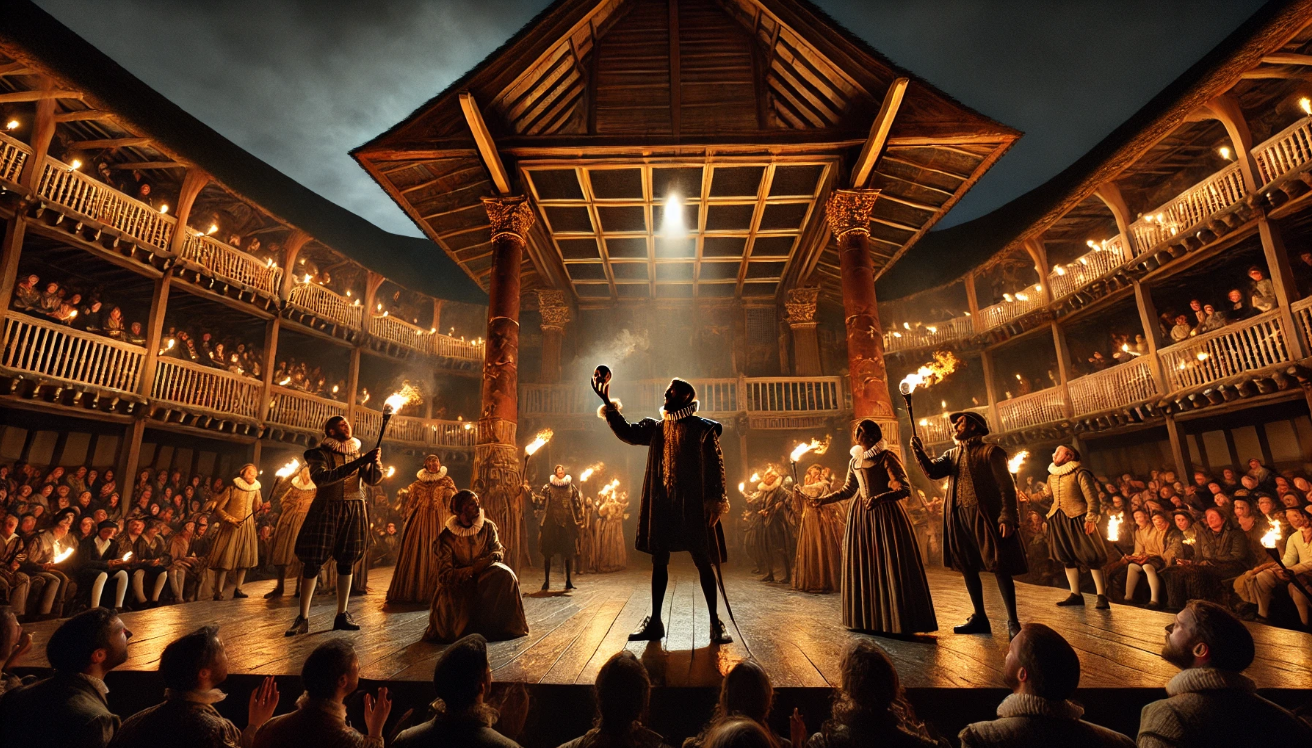
Innovative Use of Space:
Shakespeare was known for his innovative approach to stagecraft and audience interaction. He often used elaborate stage effects to enhance the dramatic impact of his plays, such as trap doors, sound effects, and even pyrotechnics. Additionally, he incorporated elements of audience interaction, such as direct addresses to the audience or involving them in the action of the play. This experimentation with stagecraft and audience engagement helped to make his plays more dynamic and engaging for audiences of the time, and continues to be a hallmark of his work today.
Audience Reception:
The Globe Theatre is a renowned cultural landmark that attracts a diverse audience, from royals to commoners. It is a melting pot of ideas and entertainment, showcasing a wide range of theatrical productions and events that cater to people from all walks of life. Whether you are a fan of classic Shakespearean works or modern performances, the Globe offers something for everyone to enjoy and appreciate. With its rich history and commitment to inclusivity, the Globe continues to be a place where people from all backgrounds can come together to experience the magic of live theater.
Challenges and Resilience
The 1613 Fire:
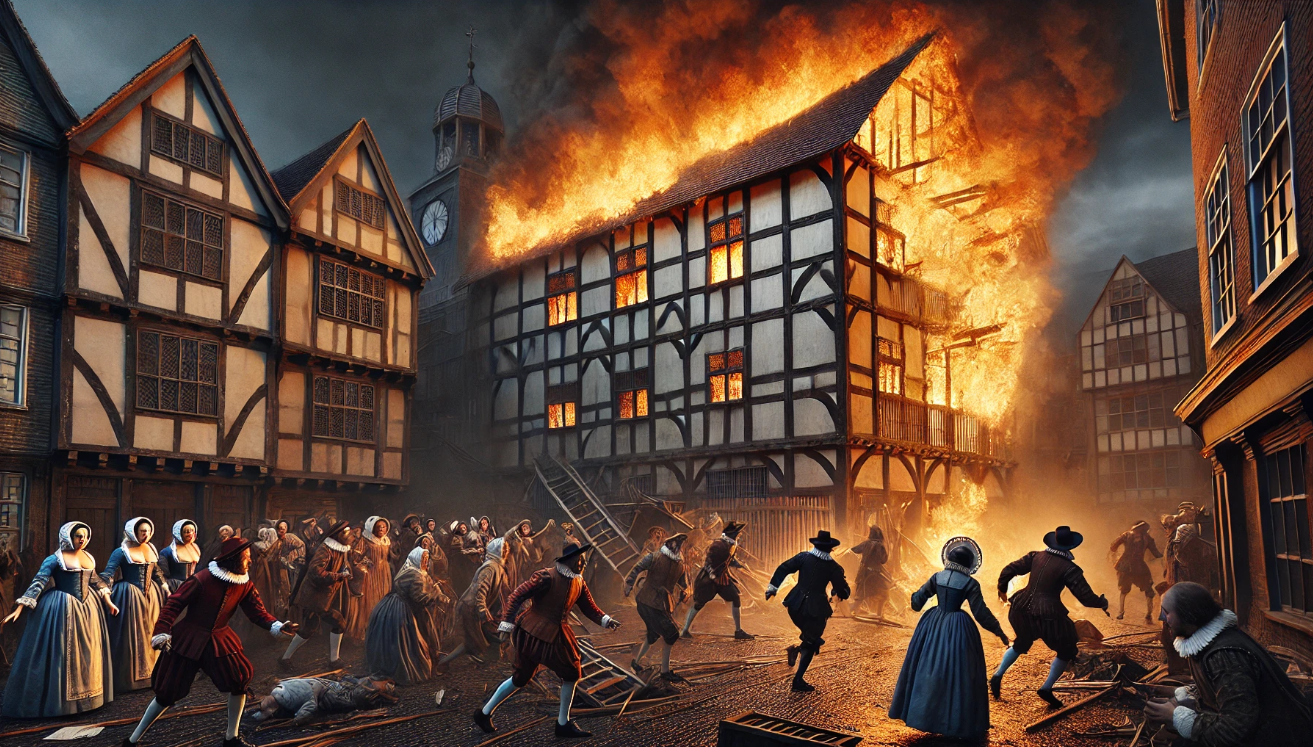
After the original Globe Theatre burned down in 1613, it was rebuilt and reopened in 1614. The new theater was constructed on the same site in London and continued to be a popular venue for Shakespeare’s plays and other performances.
Political and Social Challenges:
Censorship and Puritan opposition to theatres were significant challenges during Shakespeare’s time. The Puritans believed that theatre was immoral and a waste of time, and they actively campaigned against it. Censorship was also prevalent, with the government heavily regulating what could be performed on stage. Despite these obstacles, Shakespeare showed remarkable adaptability in navigating these challenges. He often subtly addressed controversial themes in his plays and found ways to cater to the changing demands of his audience, ultimately cementing his legacy as one of the greatest playwrights in history.
Legacy of the Globe Theatre and Shakespeare’s Influence
Enduring Impact:
The Globe Theatre played a significant role in shaping the Golden Age of Theatre. As the primary venue for many of William Shakespeare’s plays, the Globe provided a space for the performance of some of the most influential works in English literature. The open-air design of the Globe allowed for a large audience to experience these plays, and the immersive atmosphere of the theatre helped to captivate and engage the viewers. Shakespeare’s contributions to the Golden Age of Theatre were immense. His plays not only showcased the capabilities of the English language but also delved into complex themes and emotions, elevating the status of theatre as an art form. His use of poetic language, nuanced characters, and exploration of human nature set a new standard for dramatic storytelling.
Modern Revivals:
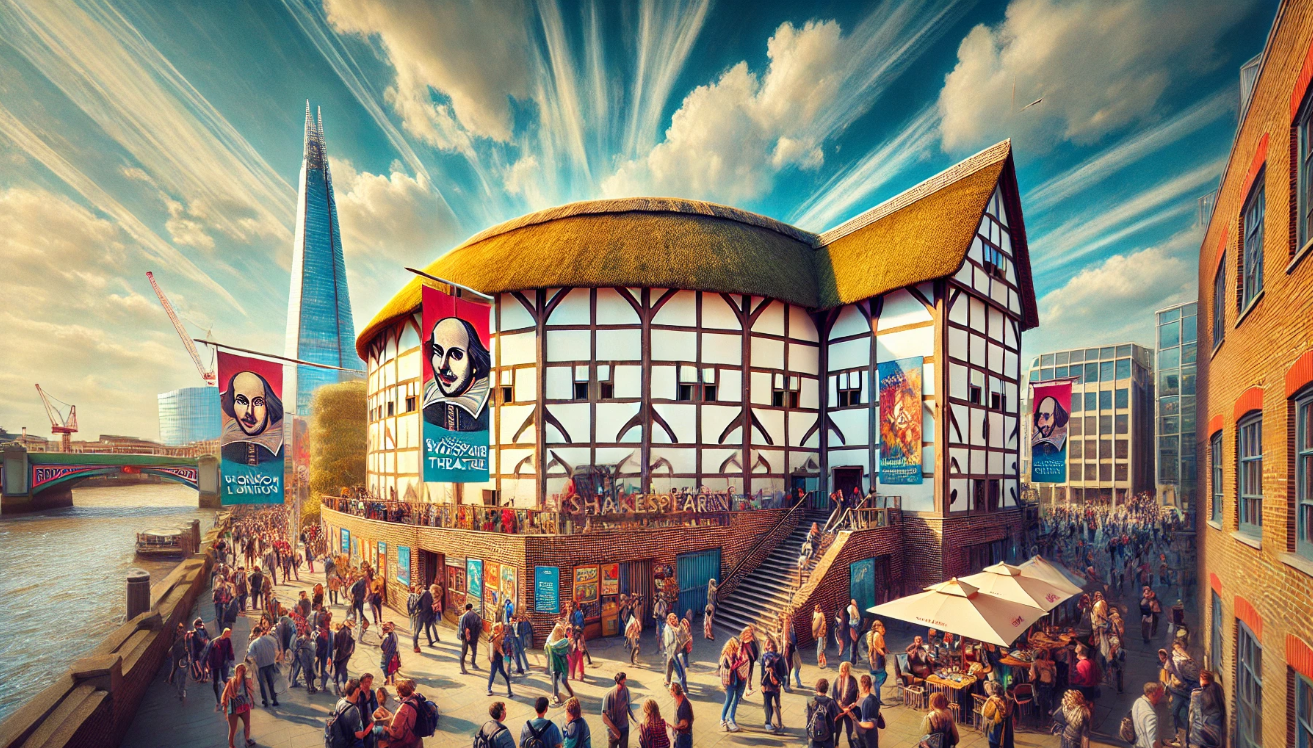
The reconstruction of the modern Globe Theatre has provided a unique opportunity for audiences to experience Shakespeare’s plays in a setting that closely resembles the original Globe Theatre from the 16th century. The modern Globe Theatre, located in London, offers a glimpse into the past and allows for a more authentic and immersive experience of Shakespeare’s works. Shakespeare’s relevance in contemporary performances and adaptations remains strong, with his timeless themes and characters continuing to resonate with audiences around the world. Many modern productions and adaptations of Shakespeare’s plays have brought new interpretations and perspectives to his work, keeping his legacy alive and relevant in today’s cultural landscape.
Cultural Significance:
Shakespeare’s association with the Globe Theatre immortalized both the playwright and the venue by establishing a lasting legacy of groundbreaking theatrical performances. His plays, such as “Hamlet,” “Macbeth,” and “Romeo and Juliet,” continue to be performed and studied around the world, ensuring Shakespeare’s enduring reputation as one of the greatest playwrights in history. The Globe Theatre, as the primary venue for many of Shakespeare’s plays, has become synonymous with his work and has been reconstructed in modern times to provide audiences with an authentic experience of his plays. This association has solidified the Globe Theatre as a historic and iconic venue, ensuring its place in the annals of theatrical history.
Shakespeare played an integral role in the rise of the Globe Theatre and the London theatre scene. As a playwright and actor, he was a key figure in the success of the Globe, which became one of the most popular and successful theatres in London during the late 16th and early 17th centuries. The Globe Theatre has left a lasting legacy in the history of drama. It was a significant cultural and artistic hub, where Shakespeare’s plays were performed for the masses. The theatre’s unique design and open-air setting provided an immersive experience for the audience, creating a sense of community and shared experience that has continued to inspire theatre makers and audiences to this day. Shakespeare’s contributions to theatre continue to inspire the world of theatre today.

